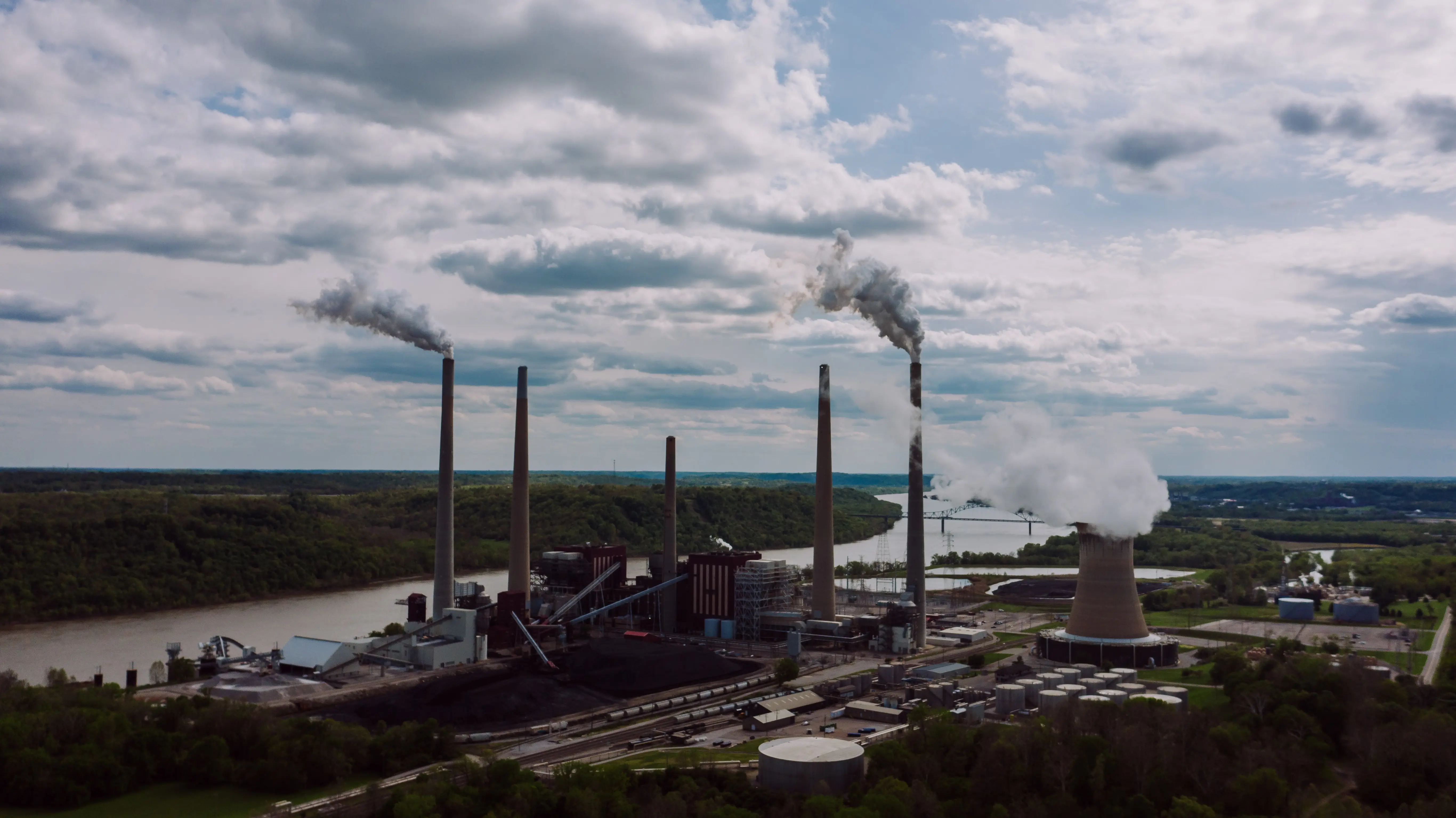-
The Carlson Company and Protecting Children in the Global Tourism Industry
The Carlson Corporation is an advertising, tourism, and accommodation company with a global presence (Linde & Eisenbeis, 2011). This is seen as a great benefit by its corporation since it provides a foundation for future growth in North America, deemed extremely economical and economically sound. The company’s management realized that perhaps the north shore of Costa Rica is infamous for children smuggling (Linde & Eisenbeis, 2011). The Carlson Company joined the Code of Ethics for the Protection of Women Exploitation in the Tourism sector to address this issue (Linde & Eisenbeis, 2011). The company employs the core value of community since it joined forces with the Code of Ethics for women’s protection. Hence promoting inclusion, cohesion, and reliance built on trust and understanding to build environmentally accountable settings, which presents a threat to observe, adapt, grow, and contribute. International corporations put in place measures to safeguard children and women against human trafficking during the twentieth century. The International Court Of Justice has defined sexual slavery as a horrible crime in several laws, agreements, and resolutions.
The Conventions on the Welfare of the Unborn was perhaps the most significant international accord that aided in safeguarding children (Shelley & Bain, 2015). The Sexual Assault Prevention Act made it unlawful for American citizens and naturalized citizen immigrants to perform sexual actions with minors when traveling overseas in 1994 (Shelley & Bain, 2015). The company also upholds the core value of integrity through Exercising the objective of exceeding expectations and keeping commitments by being transparent, just, and reliable in both words and actions, including a clause in contracts that reflects a mutual opposition to child prostitution. They meet the issues of being morally sound, demonstrating the feasibility of initiatives to some in the sector and around the globe.
The oil rig Gulf Oil spill was hit by a blast and a massive fire on April 20, 2010. This disaster was dubbed the “worst maritime oil spill in the US ever” because the environmental and strategic consequences were significant, along with the deaths of eleven people (Coombs, 2007). Furthermore, the monetary losses incurred by BP as a result of this disaster were enormous. The institution’s reputation has also deteriorated, particularly in the United States. The institution failed to uphold the core value of responsible stewardship through utilizing resources intelligently, maximizing and deploying all of a society’s resources to achieve objectives and goals. The review, which took place around a month after the spill, revealed that the public believes BP has so far not performed enough to plug the whole (Tokakis et al., 2019). Regardless of how effectively a firm prepares for a crisis or responds after one occurs, a crisis will come. There is a danger of reputational harm or actual financial loss regardless of the circumstances.
Crisis management is a continuing subject of study and practice that is still evolving today. The company also failed to deliver on the core value of personal development; the harmony of one’s intellect, soul, and body contributes to society’s identity. There has never been a crisis with such a massive number of producers at the same time. Thus no standard or agreed-upon definition exists. A few interpretations focus on the consequences of a crisis on the organization. For example, a crisis is a situation that creates poor or unfavorable outcomes for an organization (Coombs, 2007). A crisis is defined as an incident that causes or has the potential to force an institution to become offensive, putting its long-term economic development, profitability, advancement, and even survival under jeopardy.
References
Coombs, T. W. (2007). Crisis management and communications. http://195.130.87.21:8080/dspace/bitstream/123456789/96/1/Crisis%20management%20and%20communications%20Coombs.pdf
Linde, R., & Eisenbeis, H. R. (2011). The Carlson Company and Global Corporate Citizenship: The protection of children in the travel and tourism industry. https://www.superbessaywriters.com/wp-content/uploads/2016/12/the_carlson_company_and_global___corporate_citizenship-_the_protect_0.pdf
Shelley, L., & Bain, C. (2015). Human trafficking: Fighting the illicit economy with the legitimate economy. Social Inclusion, 3(1), 140-144. https://www.cogitatiopress.com/socialinclusion/article/download/215/pdf_23
Tokakis, V., Polychroniou, P., & Boustras, G. (2019). Crisis management in public administration: The three phases model for safety incidents. Safety Science, 113, 37-43. https://fardapaper.ir/mohavaha/uploads/2019/02/Fardapaper-Crisis-management-in-public-administration-The-three-phases-model-for-safety-incidents.pdf









